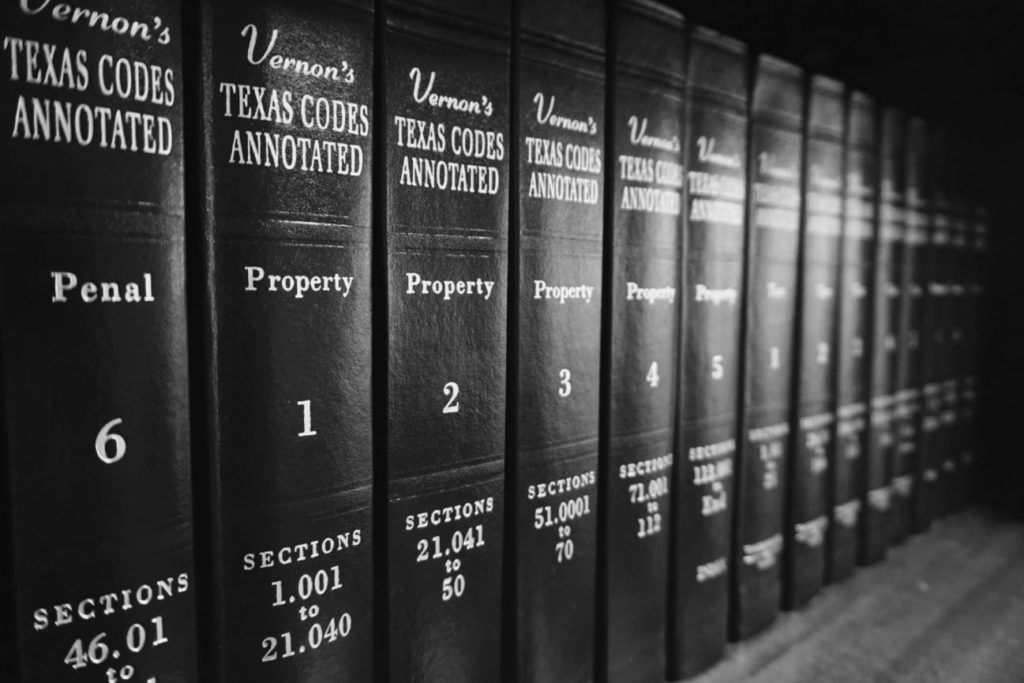As you may know, Texas is a community property state. This means that Texas law differentiates between community property, which belongs to both spouses equally, and separate property, which belongs to one spouse. In general, property acquired during marriage is community property. Separate property consists of anything one spouse owned before marriage, property acquired by one spouse by gift or inheritance, and recoveries for personal injuries sustained by one spouse (except for a recovery for loss of earning capacity during marriage).

DISTINGUISHING COMMUNITY PROPERTY FROM SEPARATE PROPERTY CAN BE DIFFICULT.
In theory, the distinction is easy to draw. But in practice, things often get more complicated. For example, if you owned a duplex rental home before marriage, it would remain your separate property during marriage. However, rental income generated by the duplex during marriage would be community property. And if you sold the duplex, the proceeds would remain your separate property…unless you commingled the proceeds with community property and rendered them untraceable.
The same goes for inherited property, which remains the separate property of one spouse unless commingled with community property. Things get especially complicated when a couple has acquired property while domiciled in other states with different marital property laws. These “wrinkles” make it easy to unknowingly convert separate property to community property.
DIFFERENTIATING BETWEEN COMMUNITY AND SEPARATE PROPERTY IS VERY IMPORTANT FOR ESTATE PLANNING PURPOSES BECAUSE IT DETERMINES HOW PROPERTY IS DISTRIBUTED AT DEATH.
In Texas, if Spouse A dies intestate (without a will) and is survived by Spouse B and their children, all of Spouse A’s community property is distributed to Spouse B. But if Spouse A had children from a previous marriage, then the community property would be split, with one-half going to Spouse B and one-half going to Spouse A’s children (but Spouse B would have the right to use the homestead residence for life).
Separate property, on the other hand, is treated differently. Spouse A’s separate personal property would pass one-third to Spouse B and two-thirds to any children. Separate real property would pass to any children, but Spouse B would have the rights to one-third of the real property for life.
However, it is important to remember that these rules merely specify what happens when a person dies intestate. A thoughtful estate plan allows you to specify exactly how, when, and to whom you want your property distributed.
IF ALL THIS SOUNDS COMPLICATED, THAT’S BECAUSE IT IS.
As you can see, even these relatively simple concepts can become exceedingly complex when spouses move between states, have children of separate marriages, etc.
This article is not intended to serve as a definitive guide to Texas community property laws. The purpose here is merely to underscore the importance of having an estate plan. Failure to plan can result in some very complicated, and often very undesirable, outcomes.
To learn more about Texas community property laws or the benefits of estate planning, browse our archives, or contact an attorney.

